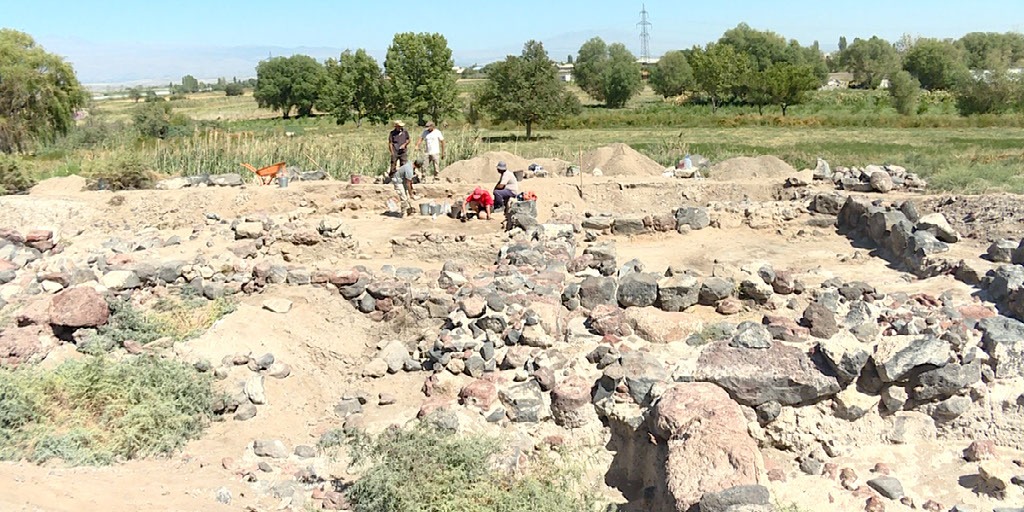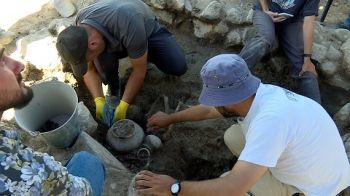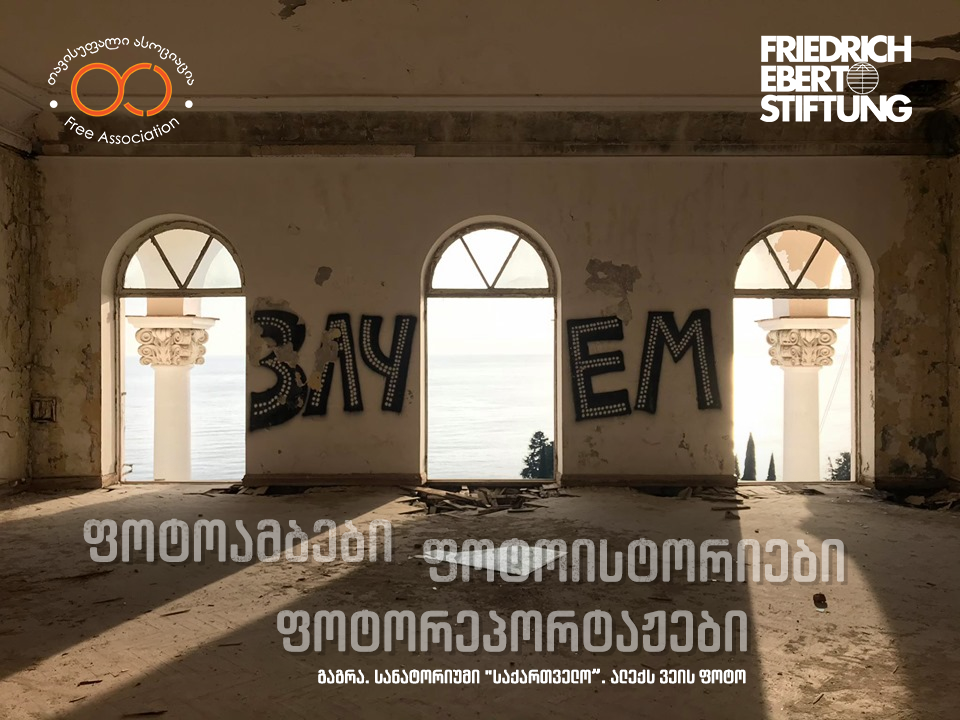წელს გათხრითი სამუშაო მეწამორის ციხე-სიმაგრეზე ნაყოფიერი აღმოჩნდა. სექტემბერში აღმოაჩინეს სარდიონისა და ოქროს ყელსაბამი, რომელიც გვიანი ბრინჯაოს ხანით თარიღდება. იქვე იპოვეს ოქროს 100 მონეტაზე მეტი და 300 უნიკალური ძვირფასი არტეფაქტი, რომლებიც კალის, ვერცხლის, ქარვისა და სარდიონისგანაა დამზადებული. ეს ყველაფერი საუკუნეების განმავლობაში სწორედ მეწამორის დანგრეულ მავზოლეუმში ინახებოდა.
მეწამორში გათხრით სამუშაოს სომხურ-პოლონური ჯგუფი აწარმოებს. ყოველ წელს, აქ მუშაობა იწყება 15 აგვისტოს და სრულდება 30 სექტემბერს. სომხეთში აღმოჩენილი ოქროს კოლექციების უდიდესი ნაწილი მეწამორის მუზეუმშია შენახული. ამ ადგილზე კი არქეოლოგიური გათხრები 1960-იანი წლებიდან მიმდინარეობს.

Metsamor is one of the most studied unique archaeological monuments of V-I century BC in the Armenian Highland, and throughout the Ancient Near East. It includes the settlement of the Bronze-Iron Ages (citadel, city districts and platform for celestial observations) and the cemetery.
Excavation works at the Metsamor Castle-site have been quite productive this year. In September cornelian and gold necklace has been discovered at the site, dating back to the last quarter of the 2nd millennium of the late Bronze Age and early Iron Age. Also more than 100 pieces of gold and 300 unique luxury artefacts made of tin, silver, amber, cornelian have been found in one of the destroyed mausoleums of Metsamor.
The excavations at Metsamor are carried out by a joint Armenian-Polish expedition. Every year excavations at the site begin on 15th of August until 30th of September. One of the largest collections of archaeological gold in Armenia, discovered as a result of regular excavations from the 1960s to the present day, are preserved in the Metsamor Museum.



















